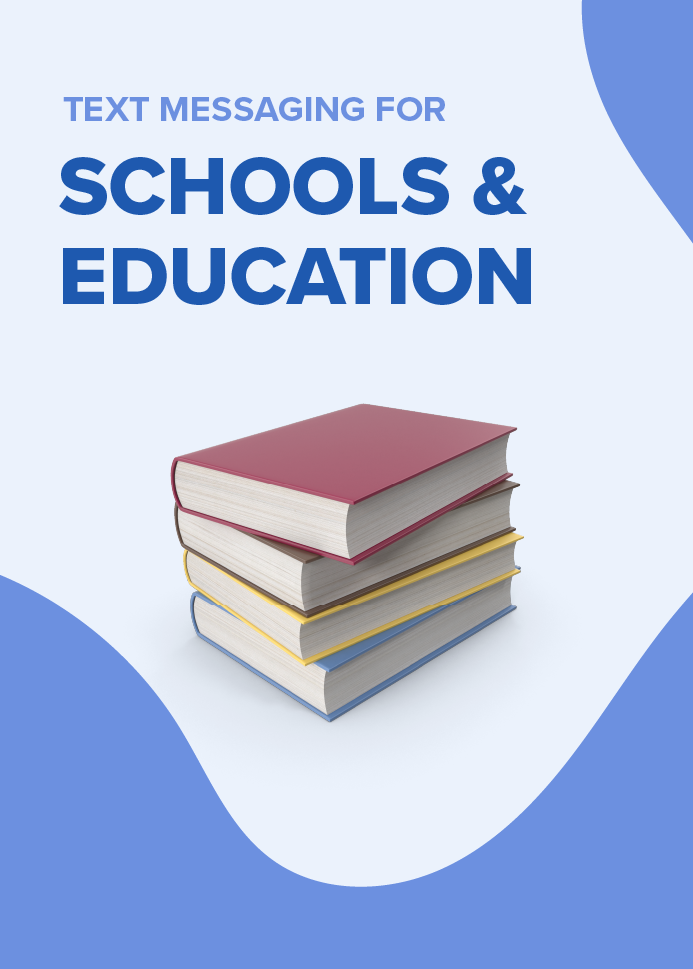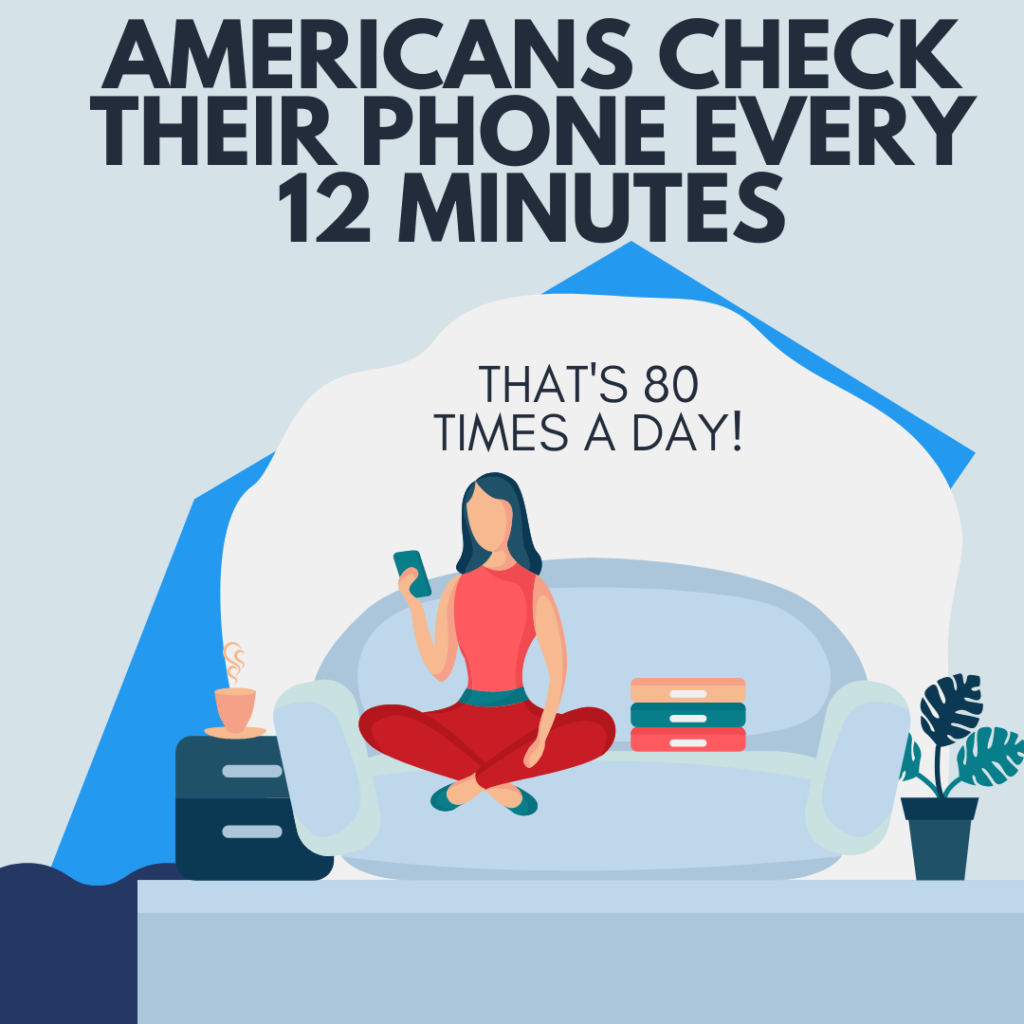The Guide to Mass Text Messaging for Schools
Everything you need to know about school SMS software and how to start texting parents, teachers, and students.


Good communication between your school and its community is more necessary than ever. With texting, you can take advantage of 98% open rates. Here’s the ultimate guide on how to use school SMS software.
What is Text Messaging for Schools?
Schools have a range of communication challenges –– from engaging with students and their families to getting emergency alerts out in a timely manner.
On top of this, students, parents, and staff are all busy and can easily miss a phone call. So it can be difficult to get important information in front of them.
That’s where school SMS messages come into play. Schools ranging from Pre-K to colleges are using SimpleTexting to reach their audience and:
- Set up an emergency text alert system
- Remind students or parents about closures, early dismissals, and other last-minute events
- Set up a hotline where students or parents can ask questions
- Offer students and parents helpful resources
- Send information about college admissions and financial aid programs
- Send alerts for absenteeism and report card availability
- Schedule parent-teacher conferences and other meetings
- Send fee reminder sms to parents
- And more!
We’ll cover these use cases in more detail, along with a guide on how text messaging for schools works. Let’s get started.
Why Is Text Messaging for School So Effective?
Text messaging for schools allows educational institutions to instantly share important messages with students, teachers, parents and faculty, whether it’s an emergency, school alerts, or general information.
These days, mass text messaging is the quickest, most reliable way for schools to send crucial updates.
Examples of How Educators Use School SMS Software
- Alpha School Keeps Parents Informed Through Texts
- South Arkansas Community College Uses SMS To Connect With Students
- 8 College SMS Strategies You Can Steal
The Benefits of a School Text System
There’s never been more ways to communicate. You can call, send letters and emails, and post on social media.
The problem with all of these channels is that they can be disjointed and unreliable.
This means you can’t reach the people you need to reach, when you need to reach them. And your parents and students can’t get the information they need when they need it.
Everyone Checks Their Phones
One of the reasons that SMS for schools is so effective is that students, parents, and teachers are never far from their cell phones.
Americans check their phone on average once every 12 minutes — burying their heads in their phones 80 times a day.

It explains the 98% open rate of texts and the fact that 90% are read within three minutes. It’s why so many schools use a text message service to contact parents and students when there’s an emergency.
No Extra Apps Needed
A lot of school messaging services require people to download an app. That’s often something people do begrudgingly.
Google even found that “download our app” on a website caused 69% of people to immediately leave. On the other hand, everyone has access to a mobile phone and knows how to use text messaging. Implementing an SMS text system is an easy way to open up communication and avoid the barriers of third-party apps.
It’s the Channel Your Students Prefer
It’s also helpful that it’s a channel people prefer. That’s especially true for 44% of Gen Z, who look at notifications within one minute of receiving a text — 27% faster than the national average.
There’s no other channel that can guarantee the same level of engagement, making it invaluable for your school’s communication strategy.
See how NC State easily answered 6,672 student questions over text during first-year orientation here.
Key Terms for Education SMS Services
There are a few terms you’ll need to know as you get started with texting. Here’s a quick summary:
- SMS – Stands for Short Message Service. SMS is used to send and receive text messages over cell networks. Limited to 160 characters.
- MMS – Short for Multimedia Messaging Service. MMS messaging allows you to add media like images, video, and audio to your texts. Comes with a character limit of 1600.
- Keywords – A short word, phrase, or other combination of letters and numbers that lets people sign up to receive text messages.
- Campaigns – A campaign is simply a text sent to your contacts (usually a lot of them at once). You can use campaigns to send announcements, promotions, events, etc.
- Contacts – These are people who have consented to receive your texts.
- Segments – This is a SimpleTexting feature you can use to group contacts by common attributes (like interests or locations) for more targeted messaging.
- Templates – Pre-created messages for texts you send often, like a standard reply or answer to a common question. You can also create your own templates in SimpleTexting.
- Autoresponders – A series of texts that sends automatically after a set period of time or when a contact takes a certain action. This automation is easy to set up in the SMS platform.
How Text Messaging for Schools Works
There are two ways schools use texting:
- To send one way updates, alerts, or information
- To engage in two-way communication with their community, most commonly through a text hotline
We’ll outline how both work and provide links to other useful resources where you can learn more about them.
How Mass Text Messaging for Schools Works
If you want to start sending your community texts, you’ll need a list of phone numbers. There are many ways that you can build your SMS audience. (You can also upload an existing list by following these steps.)
Arguably the quickest way to do it is by advertising an SMS keyword everywhere you can. A keyword is a word or phrase students, parents, or staff can text to your number to sign up for messages.
Let’s say you want parents to receive a reminder about upcoming parent-teacher meetings and other events. Your keyword to opt-in could be “PARENT.” When a parent texts it to your phone number, they’ll receive an automatic response thanking them for subscribing. Here’s an example.
Schools typically advertise these keywords on their website, on social media pages, and even on posters at the school.
A lot of schools also collect phone numbers through paper forms. Your paper form should have a checkbox that people need to tick off to sign up for messages.
It’s important to never send a message to someone who hasn’t checked the box, and to store your completed forms in a safe place for reference. You’ll also need to include a text-stop option for anyone who wishes to opt out. (You can learn more about SMS compliance here.)
Once you’ve built a list of contacts, you can now send them:
- Emergency notifications
- Important reminders
- Class cancellations
- School events
Here’s how easy we make it to send messages like this.
We’ve also seen schools send information about sporting events, communicate with their staff, and more.
Have Two-Way Conversations With Students and Parents
Another way to use texting is to allow people to text your number with questions.
For example, prospective students often have tons of questions for admissions teams. What SAT score do they likely need? Is there a marketing major? With a college SMS service, your admissions team can answer these questions quickly.
You can use our SMS to host networking events, answer parents’ questions, and even set up an SMS bully hotline.
The simplest way to set this up is to advertise your text-enabled phone number where you typically field questions. From there, you can organize and respond to these incoming messages. Here’s how two-way texting works.
School SMS Examples
Once you’ve chosen a school SMS service, you might suddenly face writer’s block. So, to preempt that, here are nine examples to help you get started.
In general, we recommend the following when texting:
- Keep it short: Keeping a message as brief as possible allows the recipient to scan it and know exactly what you’re referring to or what action you want them to take.
- Aim for clarity: While text messages should be short, they shouldn’t be cryptic. Ensure that the text will make sense to the recipient.
- Make it personal: Use the recipient’s name, location, or other information such as their child’s grade to know that the message is for them.
How to Choose the Best School Text Service
At this point, we should state the obvious: we’re a school SMS service. We’ve worked with thousands of schools to help them text with their students, parents, and staff, but we’re not going to do any hard selling here.
We encourage you to do your research, read plenty of reviews on third-party sites, and sign up for a free trial.
If you’re only starting to research school text messaging services, here are some of the boxes you’ll want to tick when choosing one:
- A lot of text messaging platforms allow you to either text 1-on-1 with customers or send bulk texts. You want a platform like SimpleTexting that will enable you to do both. It gives you the flexibility to do everything from sending emergency notifications to setting up an SMS hotline.
- Do you need to integrate with other platforms or send automated text messages? If so, you’ll want a service that offers multiple SMS integrations.
- School administrators need to be careful of services that limit the number of keywords and contacts they can have. (We don’t.)
- Schools need a text messaging service that has a mobile app so that you don’t need to be in front of a computer to manage texts.
The final consideration is the cost of a school texting service. The per-message price is a huge factor. It’s also worth understanding if credits roll over from one month to the next.
The First Step to Setting Up Your School Text System
That’s it — everything you need to know about school texting in one straightforward guide. The next step is to sign up for a 14-day free trial and try it for yourself.
Learn more about school SMS messages:
- Higher Education Mass Texting
- What to Look for in a School Messaging System App
- Higher Education Mass Texting: Use Cases, Examples, and More
If you have more questions, you can also request a demo. Alternatively, you can text or call us at (866) 450-4185 or use the chat at the bottom of your screen.
Try Our School SMS Service for Free
No credit card required